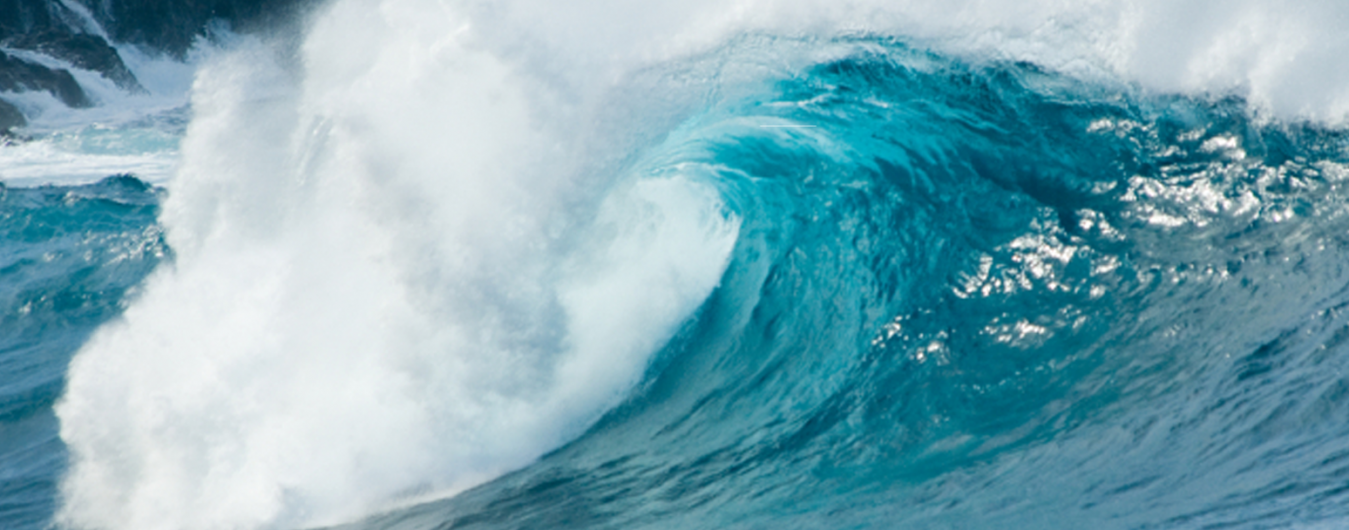21 November 2009
Jacinta Goerke
Journalist
A NEW type of cards is soon to be played at the once well-patronised Rosendorf’s Bridge Centre located on Railway Street in Cottesloe.
As of early December the new ‘bridge’ will no longer be home to shuffling decks, calling spades and keeping score, but to the hustle and bustle of professionals working toward building a more sustainable future.
Centre owners Ms Julia Hayes and Mr Garry Baverstock said the new ‘bridge’ is to be renamed ‘The Swanbourne Business Centre’ where a serviced office Perth can be leased by business people committed to doing something positive about the environment.
“From the outset we wanted to turn the ‘old bridge’ into a centre of sustainable excellence where professionals working in green industries could come together to share ideas, network and use a common secretarial service while remaining independent,” said Ms Hayes.
“We’re aware new ideas and innovative ways of doing things often emerge when neighbouring executives share ideas.
“This means we’re keen to hear from people who specialise in areas such as environmental law, climate science, sustainable building practices, engineering, town planning, real estate development and other business activities such as ethical investment and financing and complementary trades and professionals,” she said.
Ms Hayes said the sustainability and green industry was rapidly growing and specialists were keen to connect and lease premises alongside like-minded professionals.
She said the new Swanbourne Business Centre in the Swanbourne Village was complementary to ‘all things green’ because it had been retrofitted to comply with quality green building principles to ensure energy efficiency and natural comfort.
“The office walls have double insulation, there is a well-appointed natural ventilation system and a low energy cooling system in place, ceiling fans are installed and low energy lighting complements natural light in each room,” she said.
“The office building also takes advantage of the northern orientation in which natural daylight is harnessed to light, heat and provide maximum comfort in each office.
“And the upstairs’ location has excellent views across to the village shops and the ocean in the distance,” she said.
Ms Hayes said tenants and people external to the centre would be able to access the secretarial support service for typing, photocopying and possibly use temporary office/work stations.
She said this business model of sharing secretarial services and office equipment in one central location worked well in Asia and among medical, allied health and legal specialists.
Mr Baverstock, a well known local eco architect, said there were savings to be made in sharing larger professional offices and identities.
“Daily social and professional contact is often lacking when people work from home and, with huge advances in the internet, it’s no longer necessary for businesses to employ full-time secretaries and lease expensive office equipment,” said Mr Baverstock.
“Paying a higher price for a smaller office and sharing facilities can be much cheaper than business as usual in one’s own office suite or complex.
Mr Baverstock said many people were now taking advantage of the recent slow down in activity to restructure and downscale the floor area of their offices.
“In fact, I think the people of Swanbourne are ready for an eco-oriented village and this is just one more step towards that sustainable vision,” he said.
Mr Baverstock said the Swanbourne Railway Station was across the road, the post office and other key shops and cafes were within a short walk.
Mr Baverstock and Ms Hayes said the new centre was once a vibrant bridge club and part of the heritage of the location.
“There is also a bridge in front of the building and the centre will provide a bridge of business opportunities for people ready to grow their businesses in a sustainable and efficient manner,” he said.
However, not all will be lost from the old bridge days said Mr Baverstock.
“I’m sure some of the ‘lingo’ will still be heard and used,” he said.
“For example, we’re looking for ‘partners’ who can play their cards right, keep score on the environment and regularly call trumps.
“But to call a spade a spade; please no ‘dummies’ (a term bridge players will understand); ‘just genuine people who want to contribute to the Cottesloe business scene and community,” said Mr Baverstock.
Image-
Name: Transperth Swanbourne Train Station
Source: http://commons.wikimedia.org/wiki/File:Transperth_Swanbourne_Train_Station.jpg
Image released into the public domain






